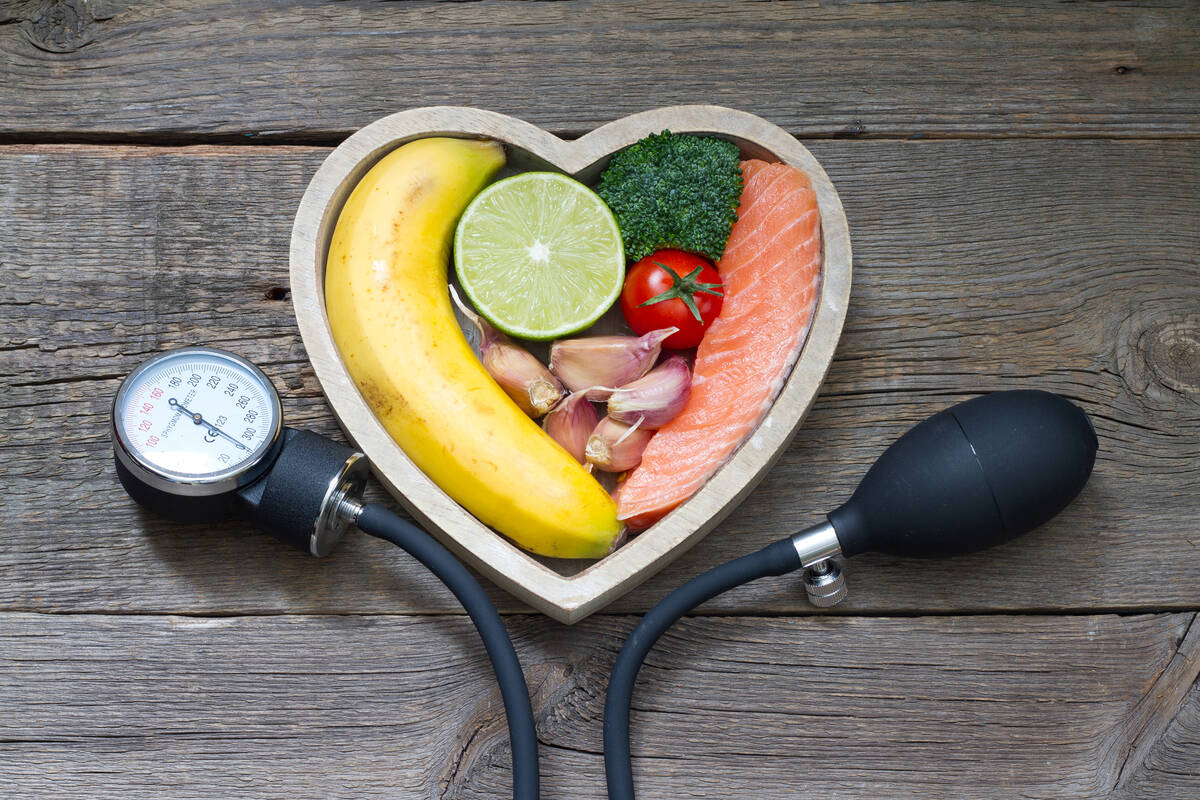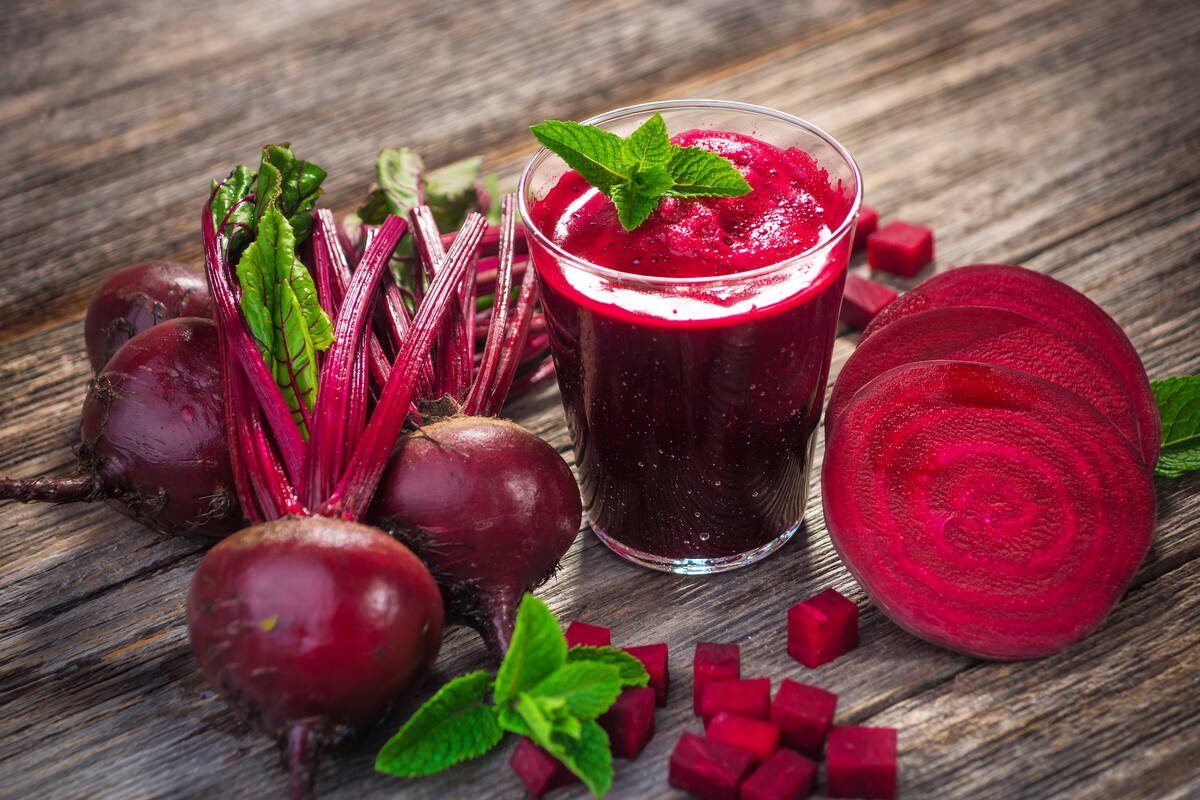9 foods to help lower blood pressure
Having high blood pressure increases the risk of heart attack, stroke and cardiovascular disease. If that weren’t alarming enough, roughly half of Americans have high blood pressure.
Fortunately, it’s possible to lower blood pressure (and prevent it from rising to unhealthy levels in the first place) through diet and lifestyle habits.
If you want to eat to lower blood pressure, bring this registered dietitian-approved list with you next time you go grocery shopping. Listed are a wide range of foods to decrease high blood pressure, including one fruit so beneficial it’s worth eating every day.
Foods to lower blood pressure
There’s one fruit that’s particularly beneficial for lowering blood pressure, and you might already have it in your kitchen: bananas.
“Bananas are a good source of potassium, which helps balance sodium levels. Potassium can help the blood vessels dilate and relax, which then can lower blood pressure,” explains Stacy Roberts-Davis, a registered dietitian and the president of Flavorful Nutrition.
Kristi Ruth, a registered dietitian and creator of Carrots &Cookies, adds: “Bananas are an excellent source of potassium, which helps balance out sodium intake, and they are also a good source of fiber, which has been shown to improve cardiovascular health, including lowering blood pressure.”
Scientific studies back this up, showing that regularly eating bananas is linked to lowering blood pressure. In fact, a diet generally high in fruits and vegetables is linked to reducing the risk of hypertension (high blood pressure).
Of course, no one can eat only bananas. Here are eight more foods that can make a big difference:
■ Berries: Besides bananas, Roberts-Davis says that another fruit that can help lower blood pressure is berries. This is because berries contain anthocyanins (pigments found in blue, red and purple fruits and vegetables), which help endothelial cells function better in the body. Endothelial cells are found inside blood vessels and help with blood flow, including blood pressure regulation.
■ Leafy greens: Every time you have a salad for lunch or dinner, rest assured that you are helping to lower your blood pressure. Roberts-Davis says leafy greens (such as kale, spinach, romaine, collard greens and bok choy) are another great food for lowering blood pressure. This is because they contain nitrate, which is connected to supporting cardiovascular health.
■ Garlic: Seasoning your food with garlic is one easy (and delicious) way to lower blood pressure naturally, Roberts-Davis says. Garlic supplements can also lower blood pressure, although they won’t be as tasty.
■ Beans: “Beans are high in fiber, potassium and magnesium which can also help reduce sodium retention,” Roberts-Davis says. Sodium retention increases blood pressure because it causes water retention, which puts extra pressure on the kidneys, which, in turn, increases blood pressure.
■ Tofu: Another plant-based protein that can help lower blood pressure is soy-based foods such as tofu, seitan and edamame, Roberts-Davis says. “This is because soy is low in fat while high in potassium and magnesium,” she says, name-checking two nutrients connected to keeping blood pressure at healthy levels.
■ Fatty fish: Salmon, tuna, anchovies and mackerel are all examples of fatty fish that Roberts-Davis says can help keep blood pressure levels from rising. These types of fish are high in omega-3 fatty acids, which helps lower blood pressure.
■ Beets: Similar to leafy greens, Roberts-Davis says, beets contain nitrates, which the body turns into nitric acid. Nitric acid helps relax and widen arteries, making it crucial for blood vessel health.
■ Dark chocolate: If you have a sweet tooth, satisfying your craving with dark chocolate can work in your favor. Roberts-Davis says it’s high in flavonoids, which are connected to preventing blood clots and lowering blood pressure.
Foods to avoid
Knowing which foods can raise blood pressure is just as important. Both dietitians emphasize that, when it comes to diet and blood pressure, what’s most important is to minimize foods high in sodium, such as canned soups, deli meat and chips. As explained earlier, sodium increases water retention, which can cause blood pressure to rise.
Ruth emphasizes that habits outside of how you eat are important, too. She says that exercising regularly, getting good sleep and finding healthy ways to manage stress are also important. For some people, medication can play a role in managing blood pressure.
When managing blood pressure, it’s important to consider your diet and lifestyle habits as a whole. One food can’t cancel out living in an unhealthy way the rest of the day. But it’s also important to acknowledge the power that food can have in lowering blood pressure.
Prioritize the foods on this list, and you’ll be going a long way in preventing high blood pressure.














